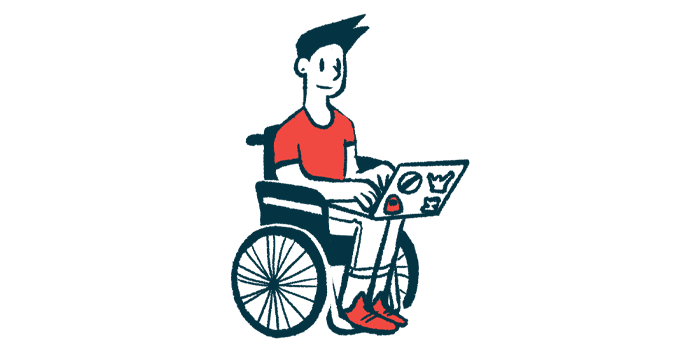Robot caregiver will help ALS patients with daily needs: Scientists
Stony Brook project is developing ‘usable prototype’ with AI

Scientists at Stony Brook University aim to create a caregiving robot assistant (CART) to help people with amyotrophic lateral sclerosis (ALS) and their caregivers with everyday tasks.
Led by I.V. Ramakrishnan, PhD, a professor of computer science and associate dean at the university’s College of Engineering and Applied Sciences, the project will be developed by a multidisciplinary team that includes experts in computer science and artificial intelligence technologies, engineering, and nursing.
The project will be funded by a $1.5 million, three-year grant from the U.S. Army and will include people from Stony Brook’s Renaissance School of Medicine, with clinical and support staff from the Christopher Pendergast ALS Center of Excellence.
“We are in the process now of developing CART into a usable prototype for ALS patients and their caregivers,” Ramakrishnan said in a university press release.
ALS is caused by the dysfunction and death of motor neurons, the specialized nerve cells that control voluntary movements, affecting both the neurons that send messages from the brain to the spinal cord and those that send messages from the spinal cord to the muscles. As these neurons are lost, the brain can no longer control muscle movements, and patients progressively lose the ability to perform everyday tasks, even simple ones such as lifting their arms, moving their hands, and eating.
Learning by example with AI
CART uses caregivers’ movements combined with artificial intelligence to mimic the way specific tasks, like picking up a spoon and angling it toward a patient’s mouth, are performed. The AI technology allows the robot to learn from just a few examples by prompting the caregiver to demonstrate a particular movement as needed, the university said.
“The technical innovation of CART is in the development of an algorithmic approach to manipulation planning based on the screw geometry of motion along with an approach to what we call ‘self-evaluation,’ where the robot evaluates its competence in performing a task and actually prompts a caregiver to provide additional demonstrations,” Ramakrishnan said.
Nilanjan Chakraborty, PhD, a roboticist and professor in the department of mechanical engineering at Stony Brook, is leading that aspect of the development.
The system is designed to be trained to meet patients’ needs as they change during the course of the disease, allowing caregivers to revise the way tasks are performed or add new tasks.
A CART prototype will be developed with the help of Anuraag Mullick, a 64-year-old ALS patient, and his wife, Vibha Mullick, a senior web and database analyst with Stony Brook and her husband’s primary caregiver.
Anuraag Mullick, diagnosed with ALS in 2016, has severe motor disability, limited range with his arms and hands, and difficulties with swallowing, speaking, and breathing. He will serve as a test subject to program and re-program CART in the lab to meet the scientists’ goals, and may be able to use the robot at home in the future.
“We are hoping that by providing insight into just how effective CART can be for my husband as a patient and me as a caregiver helps to ensure this new technology bridges the gap between technological innovation and the lived experience of ALS caregiving,” Vibha Mullick said.
The study plans to recruit other ALS patients to try CART, considering that patients in different disease stages will have specific needs. The researchers’ goal is for the system to be integrated into routine physiotherapy exercises for range of motion in ALS patients.
Although the system is currently being tested in ALS patients, it’s being designed for use by any patient with motor issues. The researchers believe their project will eventually lead to “a new generation of assistive robots to provide reliable, round-the-clock physical assistance to people with severe locomotor disability,” so caregiving will be “less burdensome,” the university said.






